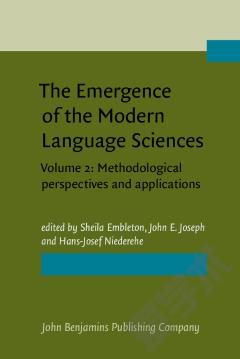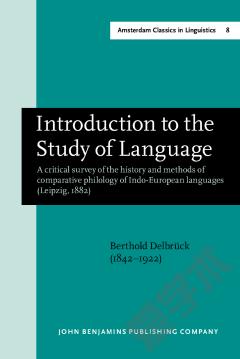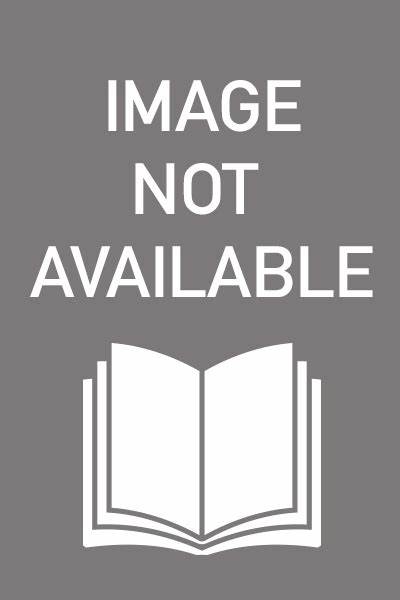The Emergence of the Modern Language Sciences. Studies on the transition from historical-comparative to structural linguistics in honour of E.F.K. Koerner. Volume 2: Methodological perspectives and applications
Alongside considerable continuity, 20th-century diachronic linguistics has seen substantial shifts in outlook and procedure from the 19th-century paradigm. Our understanding of what is really new and what is recycled owes a great debt to E. F. K. Koerner's minutely researched interpretations of the work of the field's founders and key transitional figures. At the cusp of the 21st century, some of the best known scholars in the field explore how these methodological shifts have been and continue to be played out in historical Romance, Germanic and Indo-European linguistics, as well as in work outside these traditional areas. These 22 studies, honouring the founder of Diachronica and other publication ventures that have helped revitalize historical enquiry in recent decades, include examinations of Indo-European methodology and the reconstructions carried out by Bloomfield and Sapir; the search for relatives of Indo-European; comparative, structural and sociolinguistic analyses of the history of the Romance languages; regular vs. morpholexical approaches to OHG umlaut; and the synchrony and diachrony of gender affixes in Tsez.
{{comment.content}}








 京公网安备 11010802027623号
京公网安备 11010802027623号